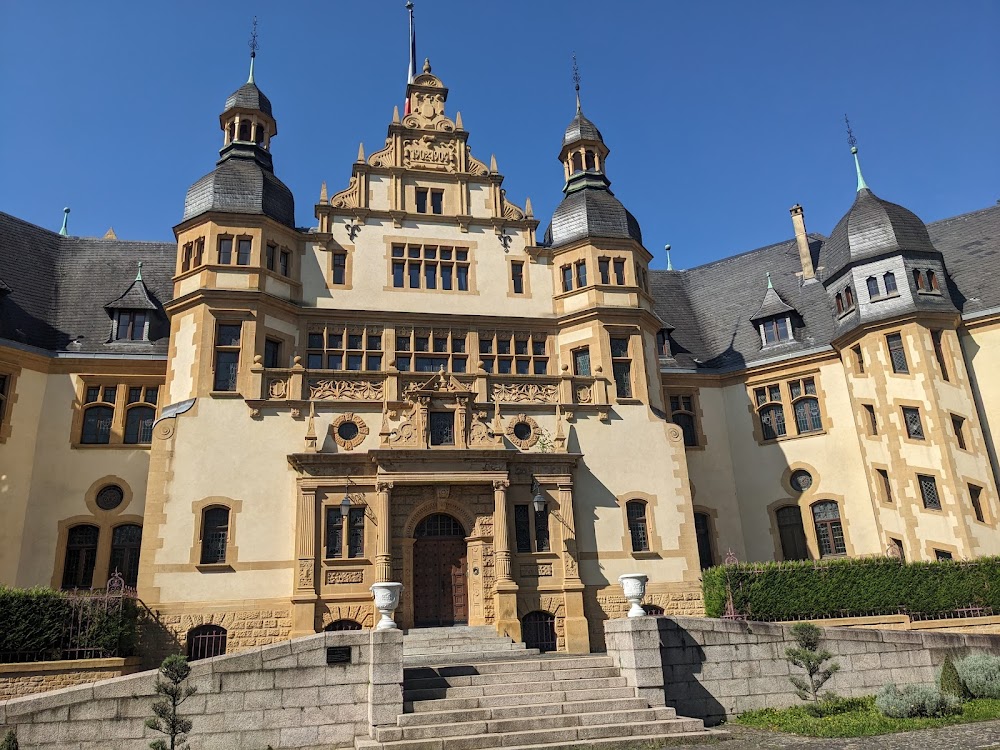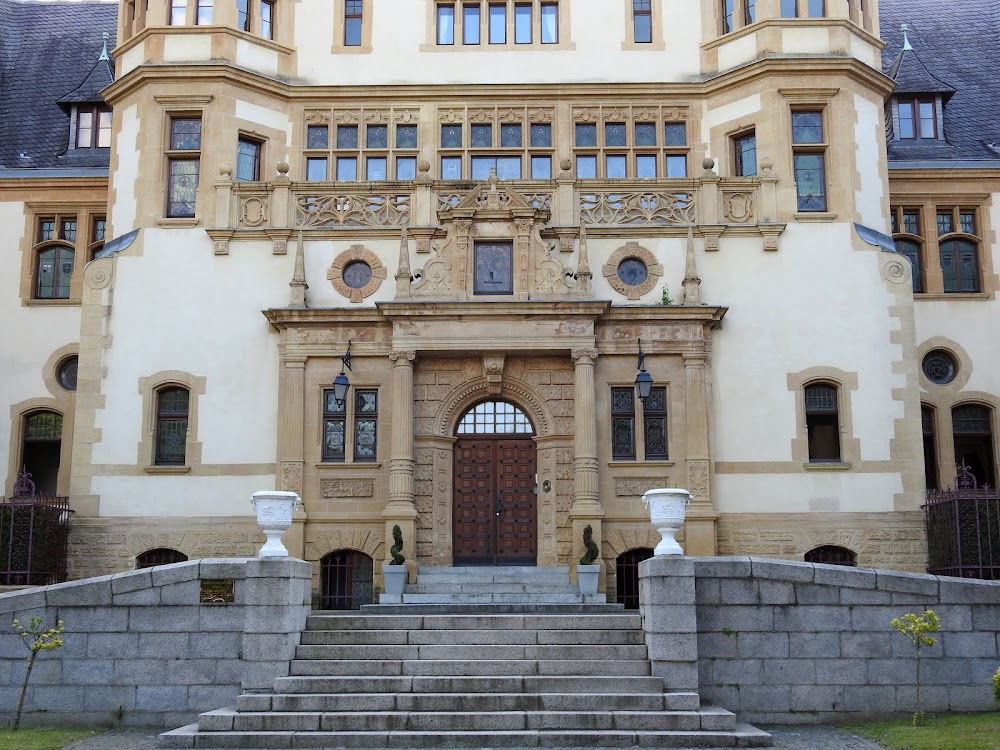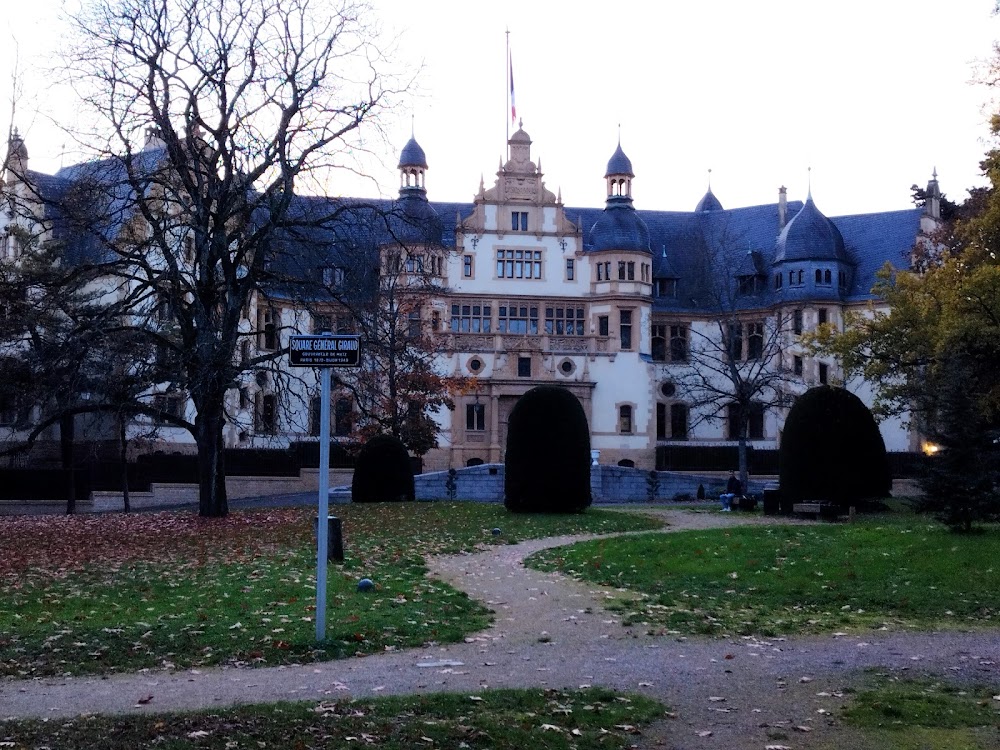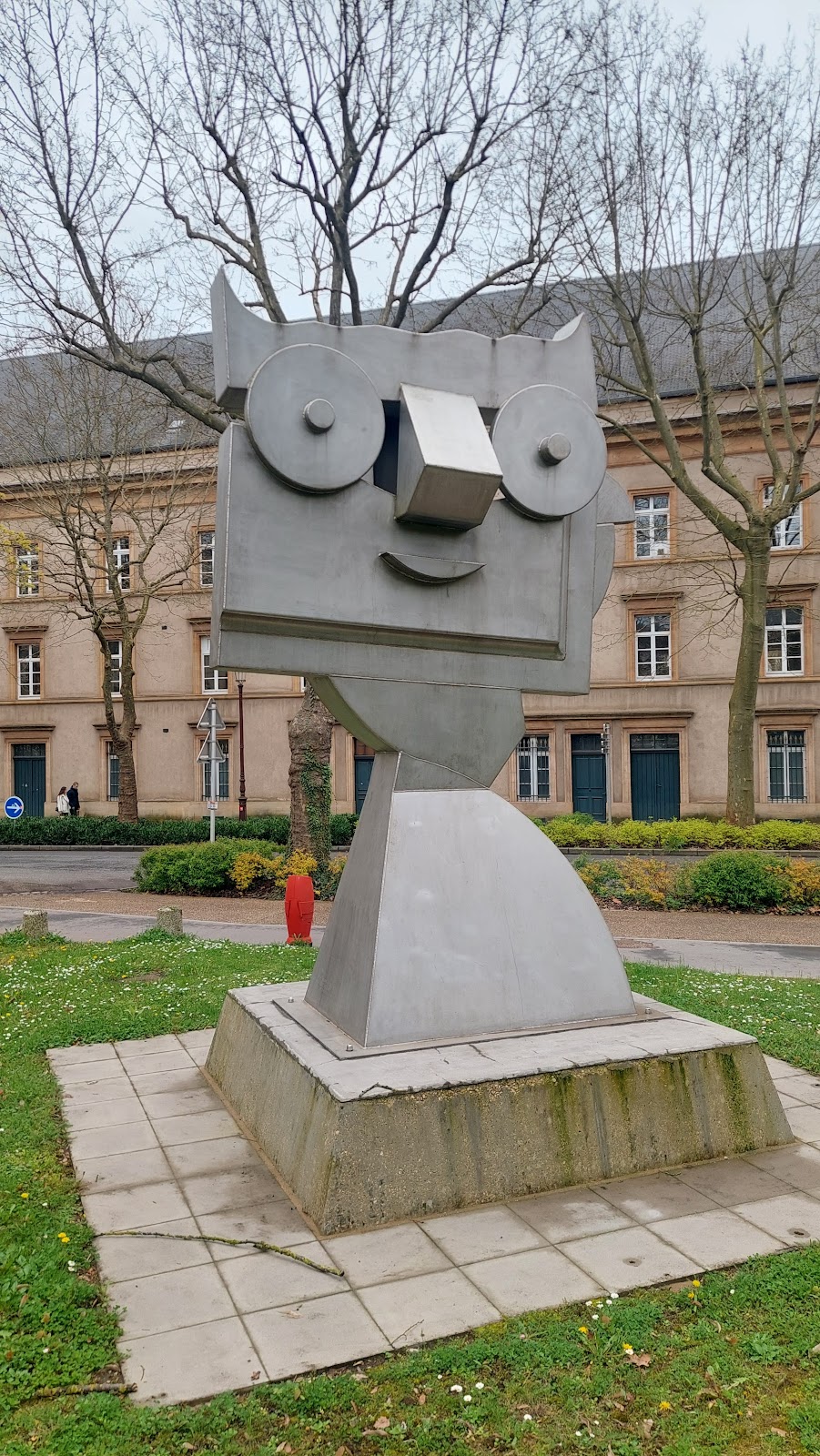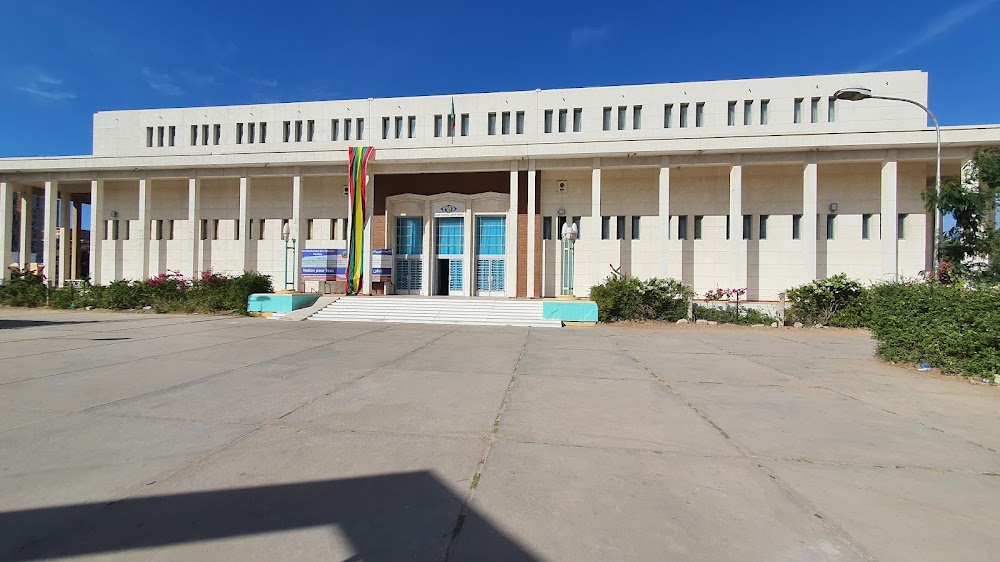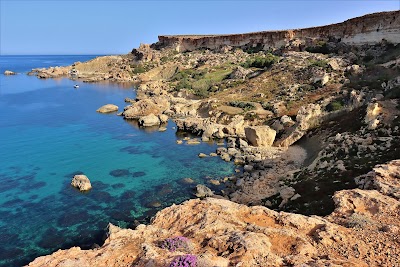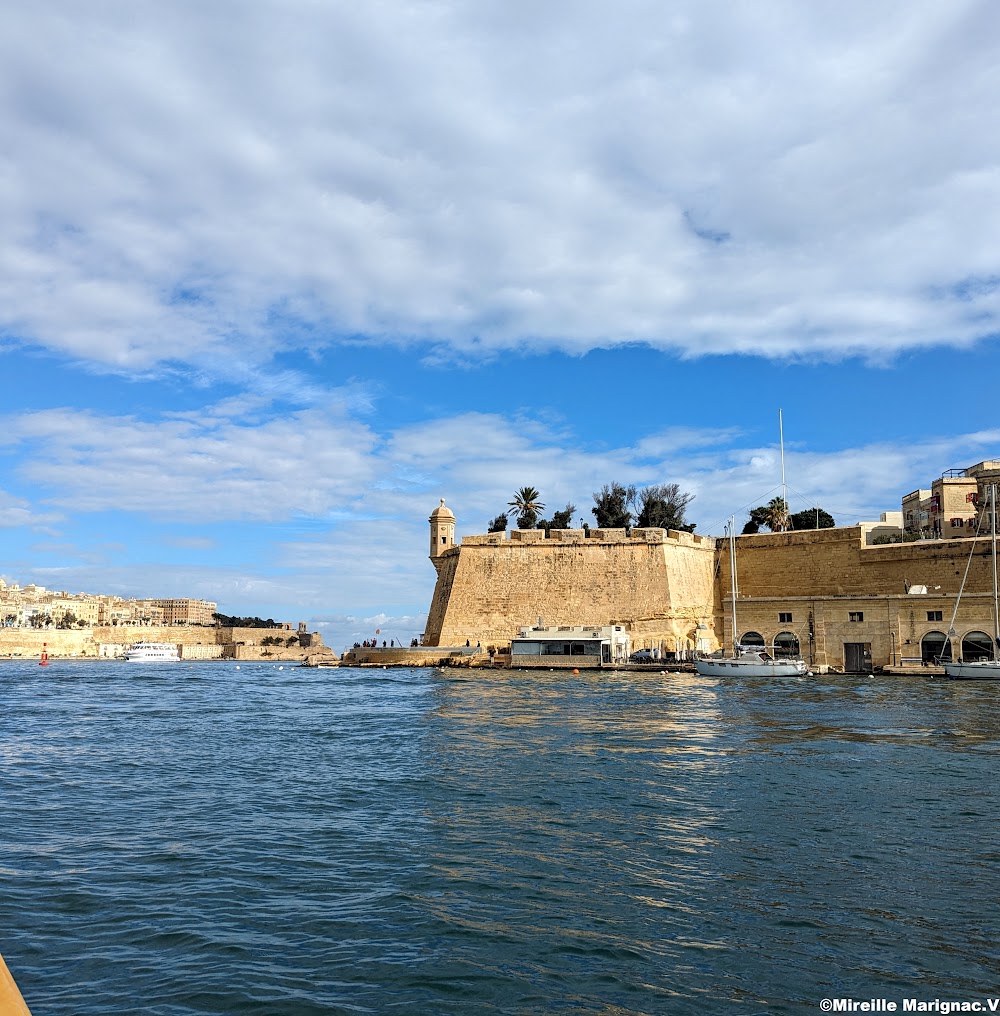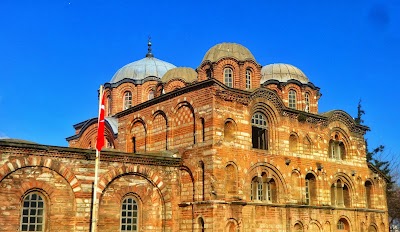Palais du Gouverneur (Palais du Gouverneur)
Overview
Palais du Gouverneur Militaire: A Colonial Gem in Naxxar
Nestled in the heart of Naxxar, Mauritania, the Palais du Gouverneur Militaire stands as a breathtaking testament to colonial-era architecture, infused with vibrant local cultural influences. Constructed in 1906 during the early days of French colonial rule, this magnificent palace served as the official residence for the military governor and emerged as a powerful symbol of French authority in the region.
The site of the palace was strategically chosen for its panoramic views of Naxxar and its surroundings, enabling the governor to monitor the city and vital trade routes effectively. French architect Henri Poiret oversaw the design, skillfully blending classical European elements with traditional Mauritanian motifs, resulting in a captivating fusion of cultures that reflects the era's architectural diversity.
The construction of the Palais involved a collaboration between local laborers and French craftsmen, ensuring the preservation of traditional Mauritanian building techniques while incorporating modern construction methods. Local stone was used for the foundation, creating a robust base, while walls were constructed from a mix of limestone and sandstone, both abundantly found in the area.
One of the most striking features of the Palais du Gouverneur Militaire is its grand façade, adorned with arched windows, ornate balconies, and intricate carvings. A large wooden door, hand-carved with geometric patterns and Moorish arabesques inspired by local artistry, marks the entrance. This door leads into a spacious courtyard, reminiscent of traditional Mauritanian homes, designed for cooling shade and relaxation.
Inside, the palace's rooms exude opulence, reflecting the authority of the colonial administration. High ceilings, marble floors, and elaborate chandeliers harmoniously complement locally-crafted furniture and textiles. The governor's office, located on the upper floor, boasts large windows that flood the space with natural light and offer breathtaking views of the bustling city below.
Surrounding the palace are meticulously planned gardens, featuring a delightful mix of local and exotic plants. Palm trees, vibrant flower beds, and serene water fountains create a picturesque environment, perfect for formal receptions, social gatherings, or leisurely strolls, embodying the grandeur of the colonial era.
Over the years, the Palais du Gouverneur Militaire evolved into more than just a residence; it became a center for administration and governance, witnessing significant historical events, political gatherings, and crucial decisions that shaped Mauritania's future. The palace also hosted visiting dignitaries and officials, offering lavish dinners and cultural exchanges that enriched its historical narrative.
As the mid-20th century brought a wave of independence movements, the role of the palace began to shift. Following Mauritania's independence in 1960, the Palais du Gouverneur Militaire was transformed into a national heritage site. Today, it operates as a museum and cultural center, preserving the legacy of the colonial period while celebrating the richness of Mauritanian culture.
Visitors to the Palais du Gouverneur Militaire can explore its beautifully preserved rooms, wander through lush gardens, and gain insights into the historical events that unfolded within its walls. The palace stands as a powerful reminder of Mauritania's complex history, reflecting both its colonial past and the enduring spirit of its people.
Thanks to ongoing preservation and restoration efforts, the Palais remains in excellent condition, allowing future generations to appreciate its architectural beauty and historical significance. Today, it continues to be a proud landmark in Naxxar, bridging the past and present, and inviting all to discover its remarkable story.


